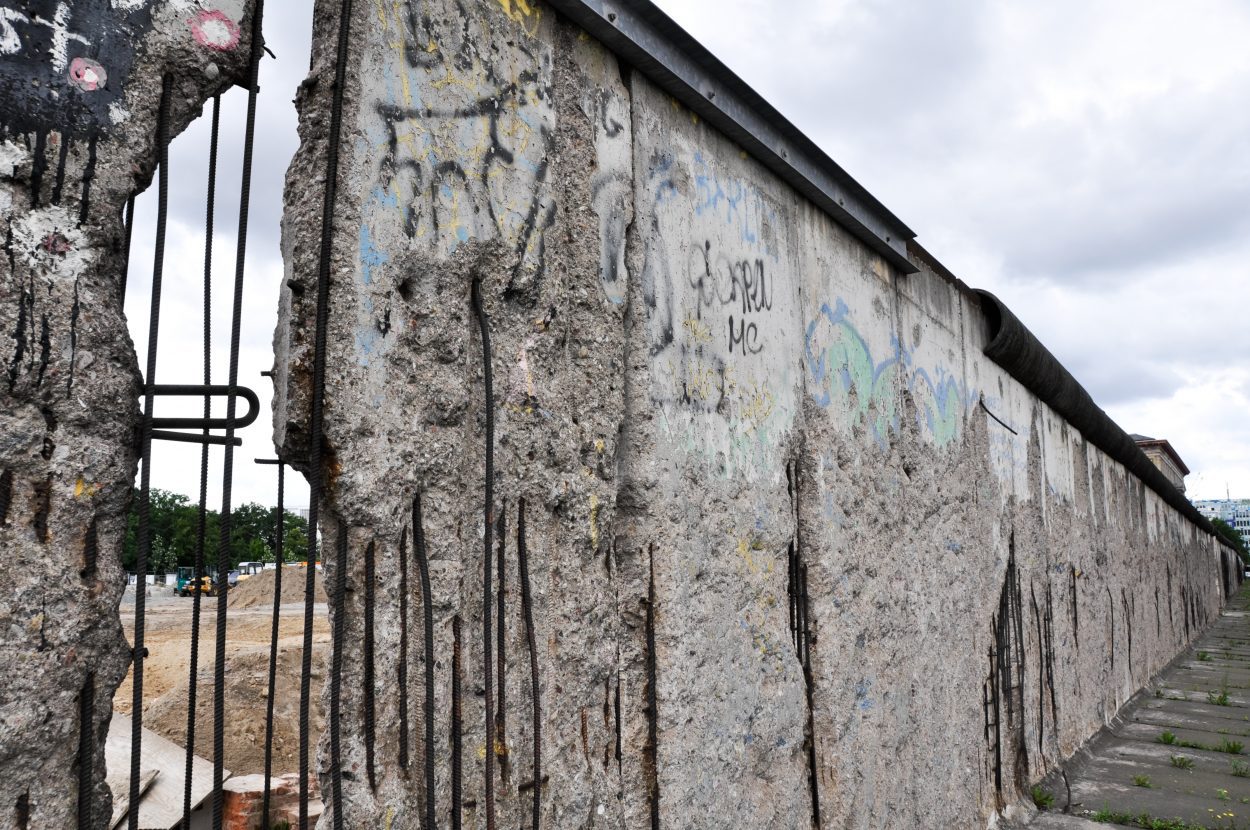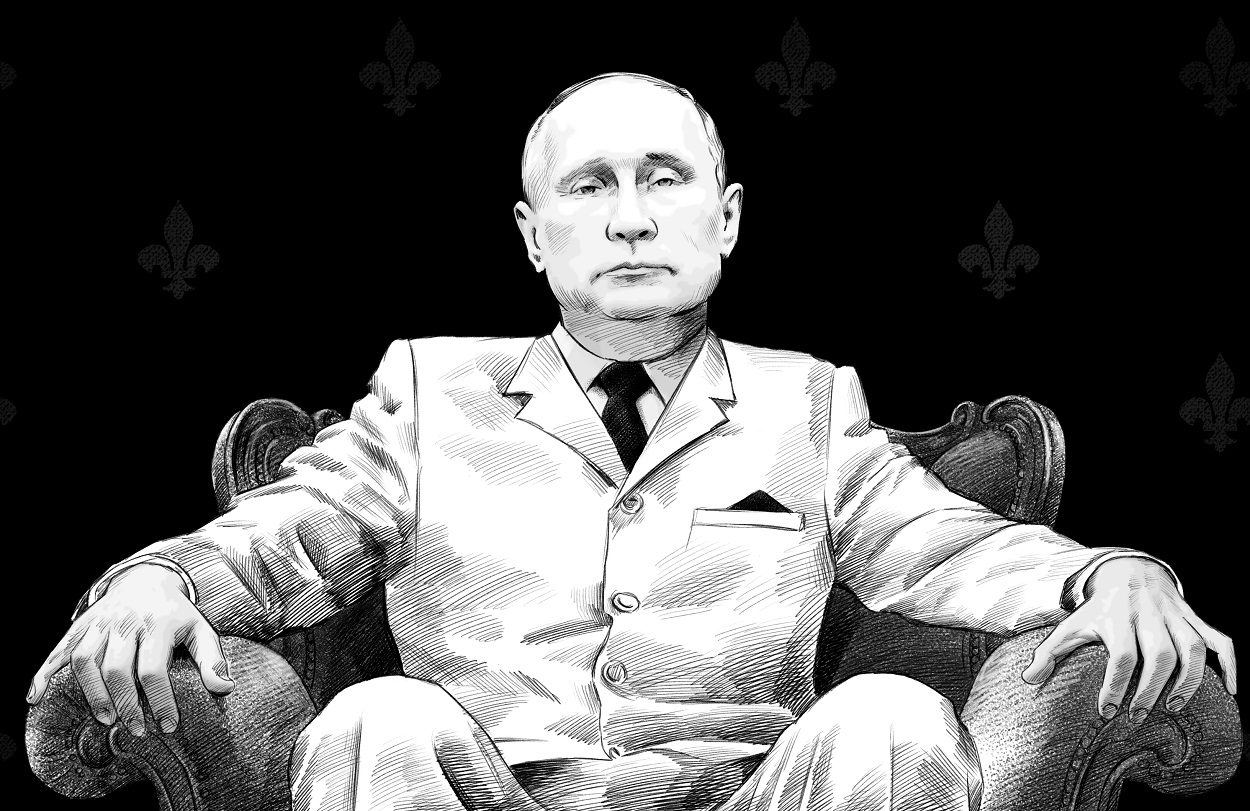On February 24th 2022, President Vladimir Putin announced a “special military operation” in Ukraine, when in reality, a full-scale invasion of Ukrainian sovereignty by Russian forces was unleashed, creating a humanitarian crisis that has displaced hundreds of thousands of civilians and brought major population centres into the line of fire by indiscriminate Russian attacks.
Not since the Nazi blitzkrieg of WW2 has Europe witnessed such wanton destruction, where reports across western media highlight the intensive bombardment and air and strategic missile strikes by Russian forces, appearing to show no distinction between military targets, residential districts, civic facilities, and sites of cultural and historical value.
In Putin’s essay “On the historical unity of Russians and Ukrainians,” published on the Kremlin’s website in July 2021, Putin asserts that Ukrainians and Russians are “one people”, with Putin stating that “we [Russia] respect the Ukrainian language and traditions. We respect Ukrainians’ desire to see their country free, safe and prosperous.”
Such statements may sound a far cry from the propaganda Putin uses to justify his invasion today, especially when he was likely planning Ukraine’s invasion when he wrote his article, but his disregard for the existence of Ukraine’s self-determination can be traced back to his time in Dresden, Germany, where Putin was an officer in the Komitet Gosudarstvennoy Bezopasnosti (KGB).

Witnessing the fall of the Berlin Wall in 1989, Putin rang the headquarters of a Red Army tank unit to ask for protection from demonstrators. “We cannot do anything without orders from Moscow,” the voice at the other end replied. “And Moscow is silent”. That phrase, “Moscow is silent” has haunted Putin ever since. Defiant yet helpless as the 1989 revolution swept over him, he has now reinvented himself as the strongman of “Moscow”, with “much larger ambitions” to “re-establish the former Soviet Union” according to the American President Joe Biden.
In Putin’s mindset, he now sees a wall between Ukraine and Russia, explaining that “I would like to emphasise that the wall that has emerged in recent years between Russia and Ukraine, between the parts of what is essentially the same historical and spiritual space, to my mind is our great common misfortune and tragedy. These are, first and foremost, the consequences of our own mistakes made at different periods of time. But these are also the result of deliberate efforts by those forces that have always sought to undermine our unity.”
Ukraine’s ambitions to become a NATO member and a pro-European nation has placed the country on the wrong side of this theoretical wall, bringing the NATO ideals that all nations are “determined to safeguard the freedom, common heritage and civilisation of the peoples, founded on the principles of democracy, individual liberty and the rule of law” to the doorstep of Moscow and in conflict with Putin’s agenda. More so, bringing NATO into countries that have previously been under Soviet control or acted under Soviet/Russian influence as a buffer state.
Putin argues that NATO expansion is in breach of promises made at the end of the cold war in 1989-1990, supposedly assuring Russia that NATO would not expand to the east. However, in 2014 the former Soviet leader Mikhail Gorbachev noted in an interview that NATO’s enlargement “was not discussed at all” during this period, although Gorbachev maintained that the decision to expand NATO into the east was a “violation of the spirit of the statements and assurances”.
The only formal agreement signed between NATO countries and the Soviet Union was the Treaty of Final Settlement with Respect to Germany. This treaty relates to the Four Powers renouncing all rights they formerly held in Germany, giving no mention of future NATO-membership of other countries.
Putin now argues that “modern Ukraine is entirely the product of the Soviet era” and that today in Ukraine “we are facing the creation of a climate of fear in Ukrainian society, aggressive rhetoric, indulging neo-Nazis that are militarising the country” further adding “to this end, we will seek to demilitarise and denazify Ukraine”. Putin also accuses Western countries of “encouraging the onset of neo-Nazism and Russophobia.”
Putin’s words are overshadowed by an indirect Russian missile strike on the memorial to Babyn Yar, the site where Nazis killed tens of thousands of Jews during World War II. His accusations of Neo-Nazism in Ukraine’s leadership disregard Ukraine’s democratically elected President, Volodymyr Oleksandrovych Zelenskyy, who is born to Jewish parents that lost their own grandparents and relatives to the holocaust.
Vladislav Surkov, also known as Putin’s Rasputin or the Grey Cardinal of the Kremlin went as far to say: “Ukraine is “a muddle instead of a state. […] But there is no nation. There is only a brochure, ‘The Self-Styled Ukraine’, but there is no Ukraine.” This is followed with Putin even claiming that “Ukraine actually never had stable traditions of real statehood.”
Historically, Ukraine was a centre of East Slavic culture, with the loose tribal federation Kievan Rus’ forming the basis of Ukrainian identity. In the aftermath of the Russian Revolution, a Ukrainian national movement for self-determination emerged, forming the Ukrainian People’s Republic on the 23rd of June 1917. This short-lived state was reconstituted by the Bolsheviks into the Ukrainian Soviet Socialist Republic, becoming a founding member of the Soviet Union in 1922.
Following the dissolution of the Soviet Union between 1988–1991, Ukraine regained its independence as a neutral state and became a recognised member of the United Nations, the Council of Europe, the OSCE, the GUAM organisation, the Association Trio, and the Lublin Triangle.
Ukrainian culture has developed distinct decorative and folk traditions such as Petrykivka painting, Kosiv ceramics, and Cossack songs. Artisan textile arts plays an important role in Ukrainian embroidery, weaving and lace-making that are used in traditional folk dress and celebrations.
Ukrainian architecture includes the motifs and styles that are found in structures built in modern Ukraine, with initial roots established in the Eastern Slavic state of Kievan Rus’. Since the Christianisation of Kievan Rus’ for several ages, Ukrainian architecture was influenced by the Byzantine style of architecture. After the 12th century, the distinct architectural history continued in the principalities of Galicia-Volhynia.
Putin disregards these achievements with mockery and distain, instead, choosing to invade and conduct hybrid attacks, but now he is also conducting an assault on the heart of Ukraine’s history and cultural heritage.
At risk are millions of artworks and monuments, representing centuries of history from the Byzantine to the Baroque periods. This has drawn condemnation from organisations such as the Association of Art Museum Curators (AAMC) and the GETTY Trust, who report that Russian soldiers purposely destroyed the Ivankiv Historical and Local History Museum, along with around 25 unique works by Ukrainian folk artist Maria Prymachenko.

Russian air and missile strikes have also damaged countless buildings of historical importance, including the Assumption Cathedral, the iconic Regional State Administration building and opera house in Kharkiv, in addition to the Babyn Yar Memorial in Kyiv.
In a statement issued on March 3 2022, UNESCO said it underlines the obligations of international humanitarian law, notably the 1954 Hague Convention for the Protection of Cultural Property in the Event of Armed Conflict and its 1954 and 1999 Protocols, to refrain from inflicting damage to cultural property, and “condemns all attacks and damage to cultural heritage in all its forms in Ukraine”.
Written by Markus Milligan
Header Image Credit : Shutterstock





